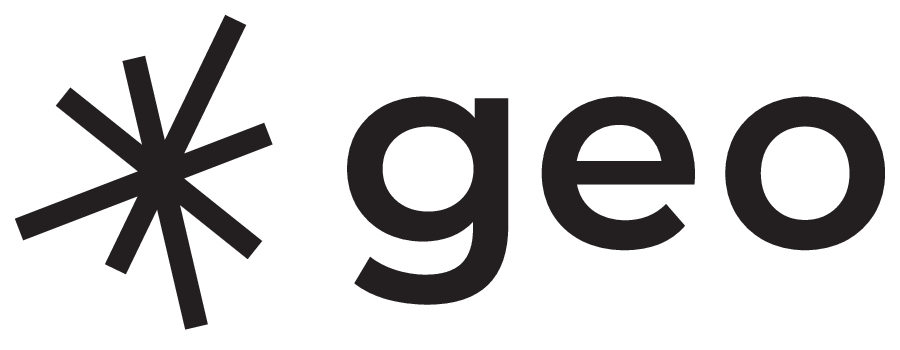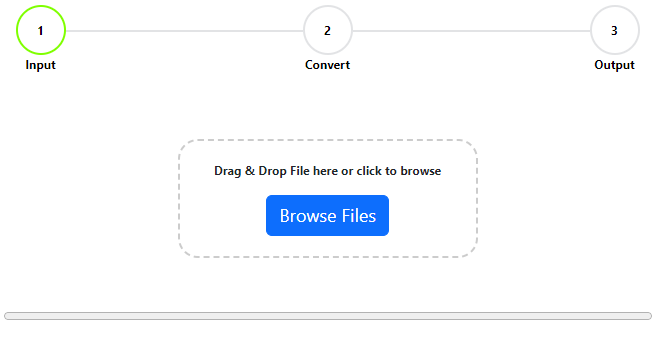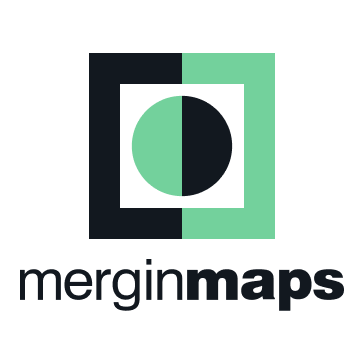Location gives context to data but it can also be used to give context to experiences. Radar is a platform for geofencing and location tracking. In this interview with Co founder Nick Patrick we discuss the opportunities around using location to deliver contextualised experiences to users, what these experiences look like today and what we can expect to see in the future.
You are more than welcome to reach out to me on social media, I would love to hear from you!
or visit our website MapScaping.com





